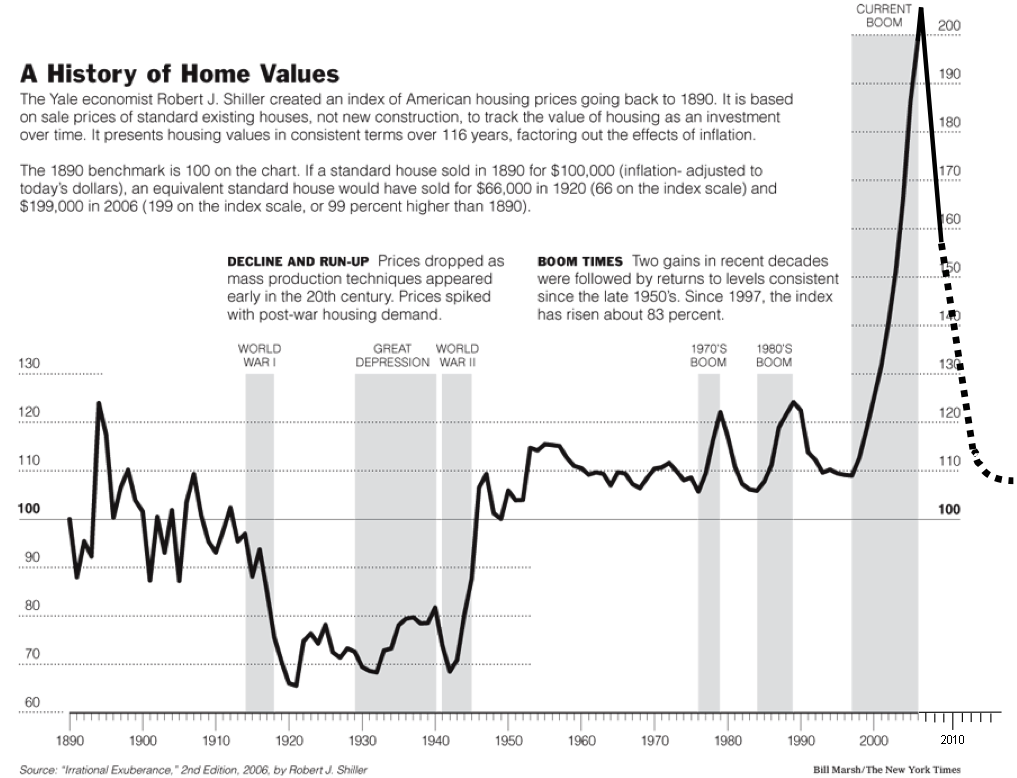- Jun 18, 2008
- 3,749
- 813
- 130
- Thread starter
- #21
There has got to be something illegal, about some of those derivatives.
Some one has got to be stealing money from derivatives, and leaving us the general public, with an empty bag.
There is nothing illegal about almost all derivatives. In fact, many derivatives are created to legally get around regulations and laws.
So when these derivatives collasp, what happens to the billions of dollars that investors
invest in the derivative instruments, where does this money go?.Does the money vanish into thin air.?




